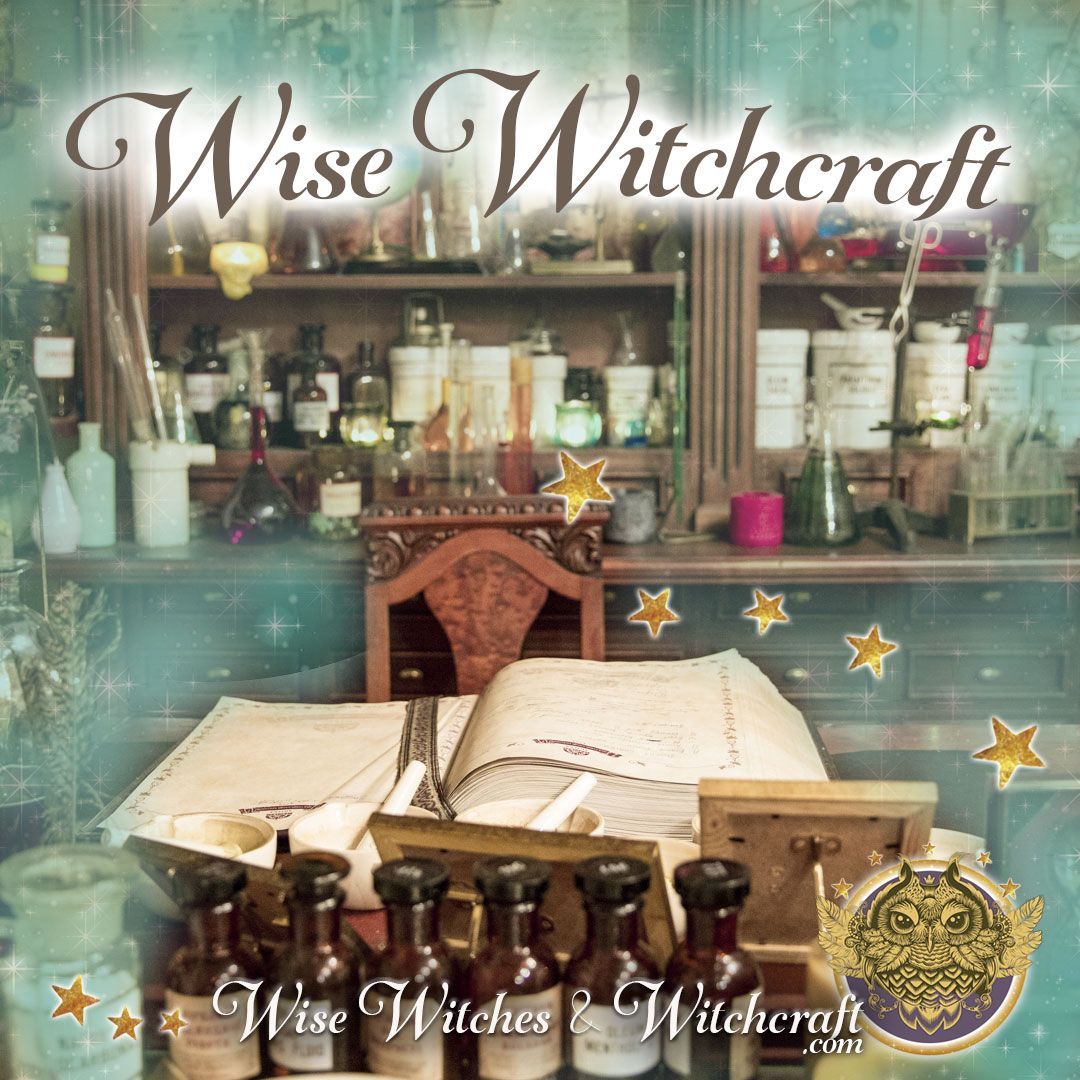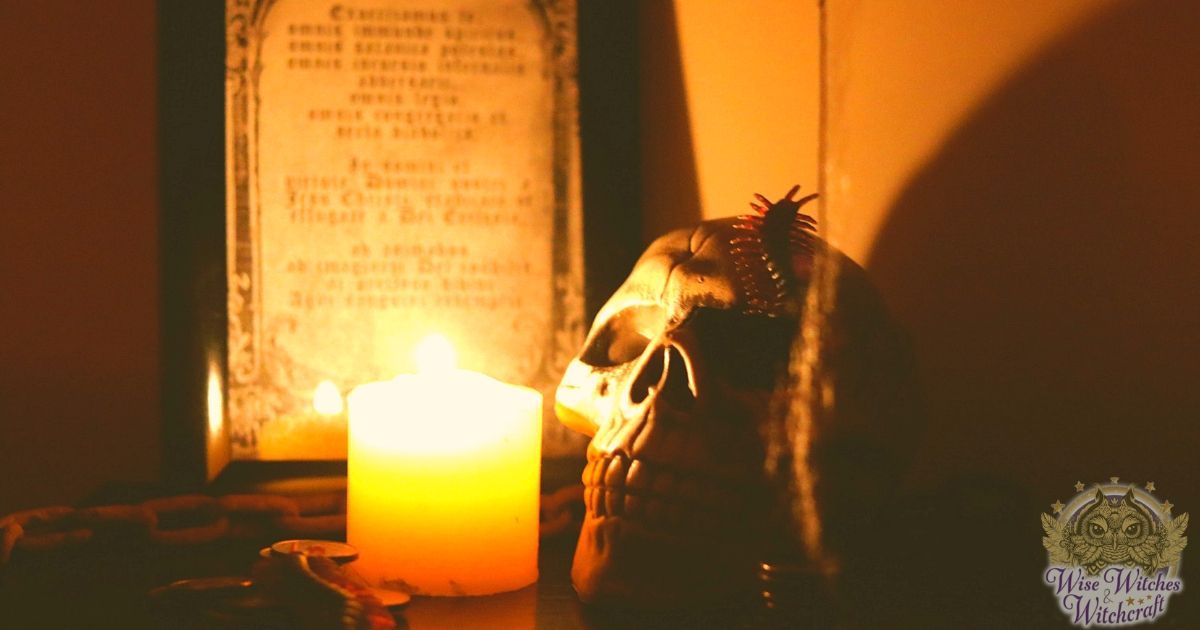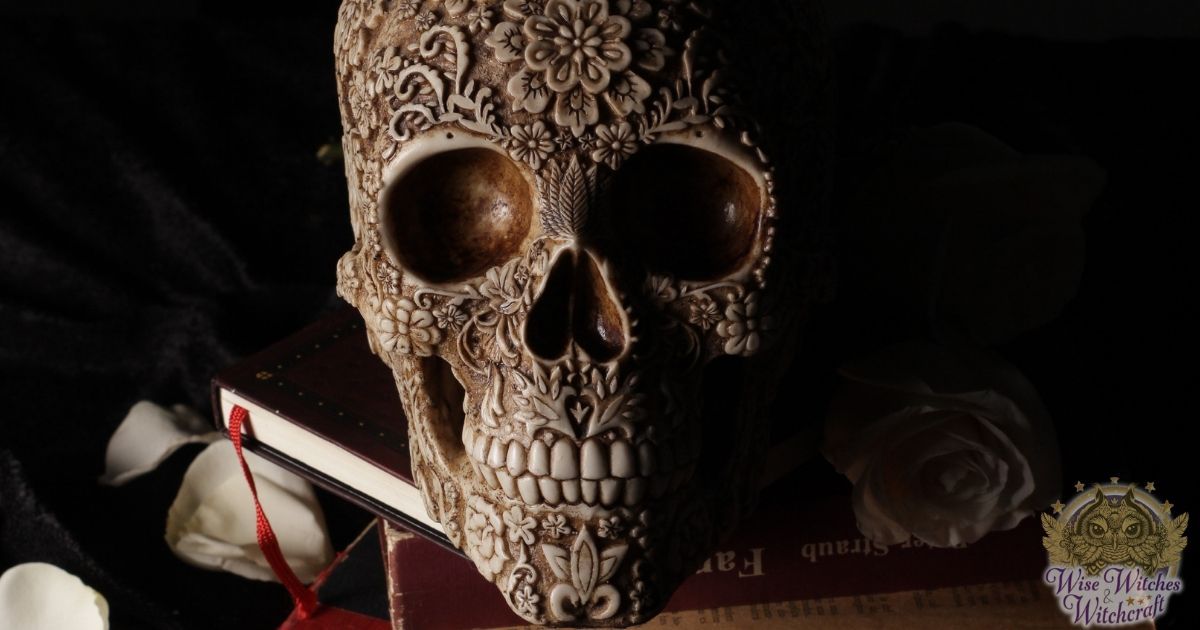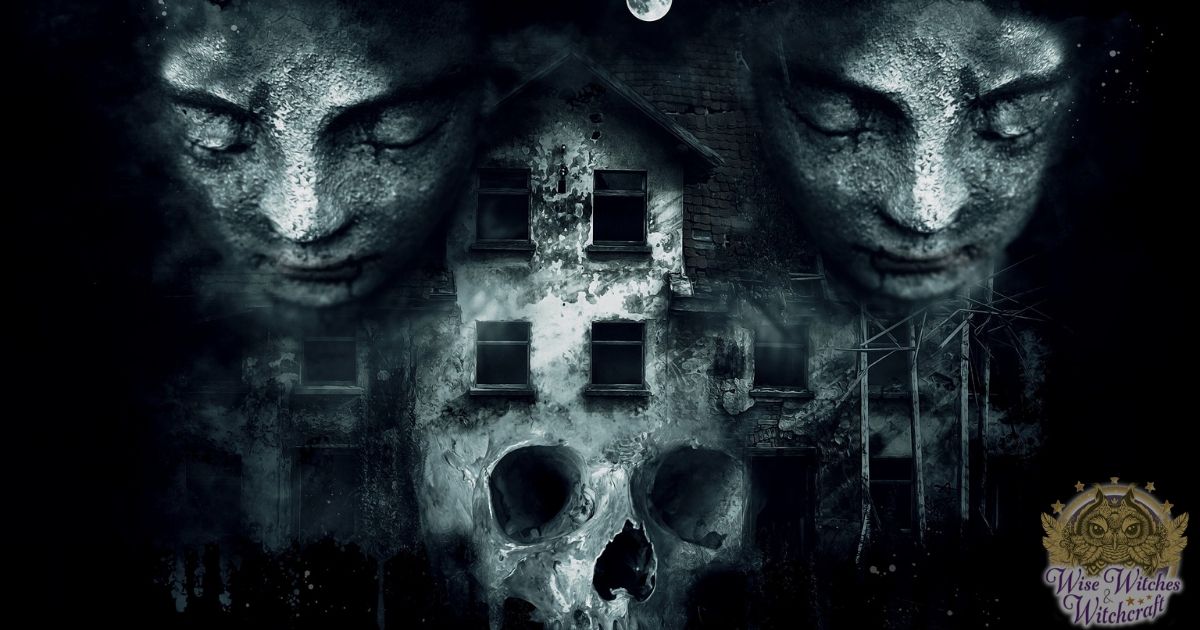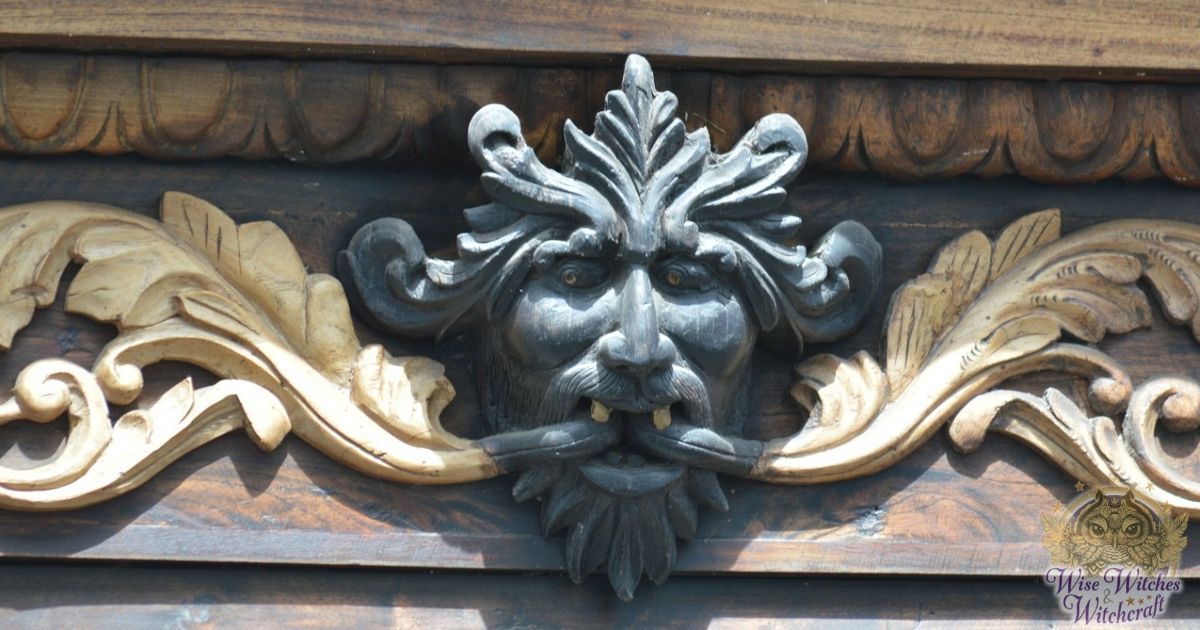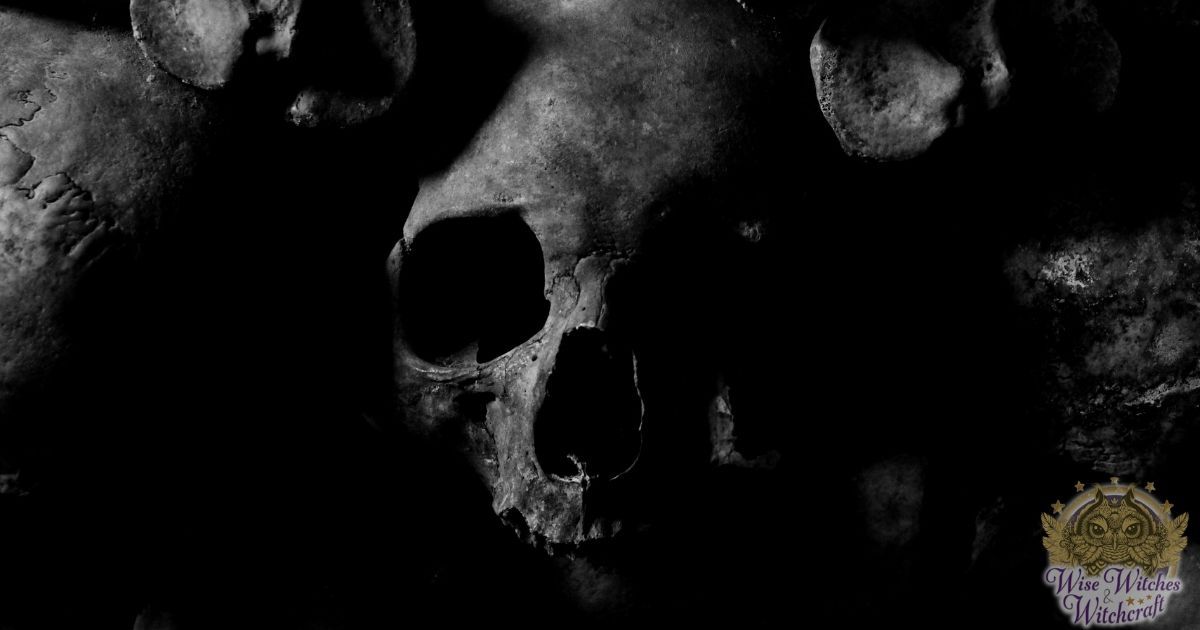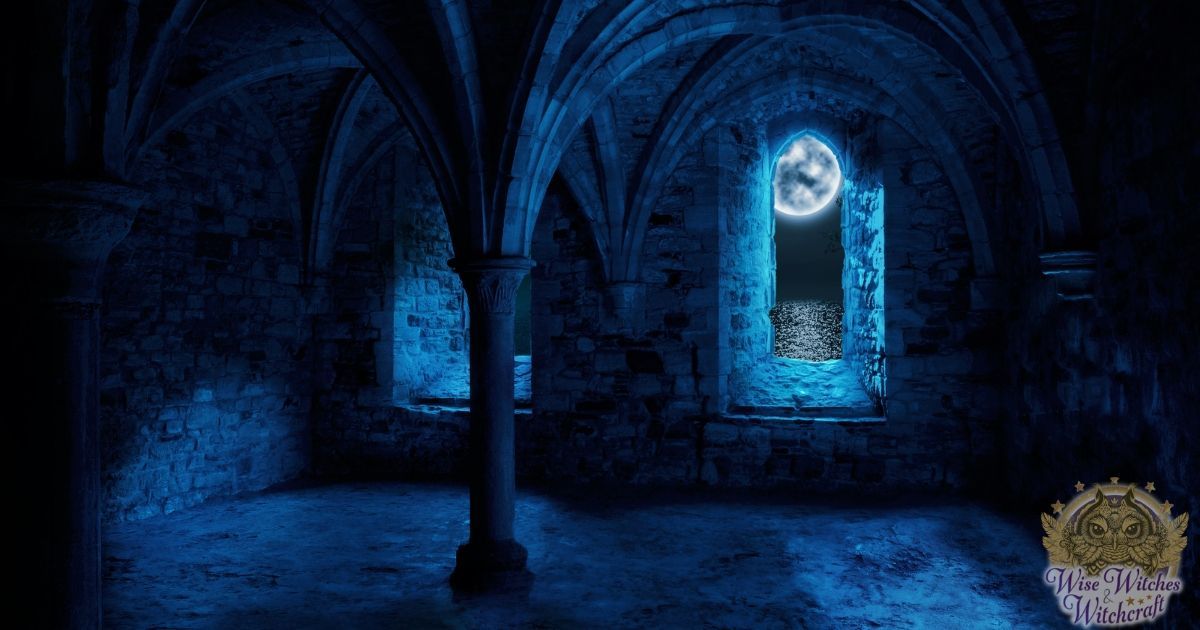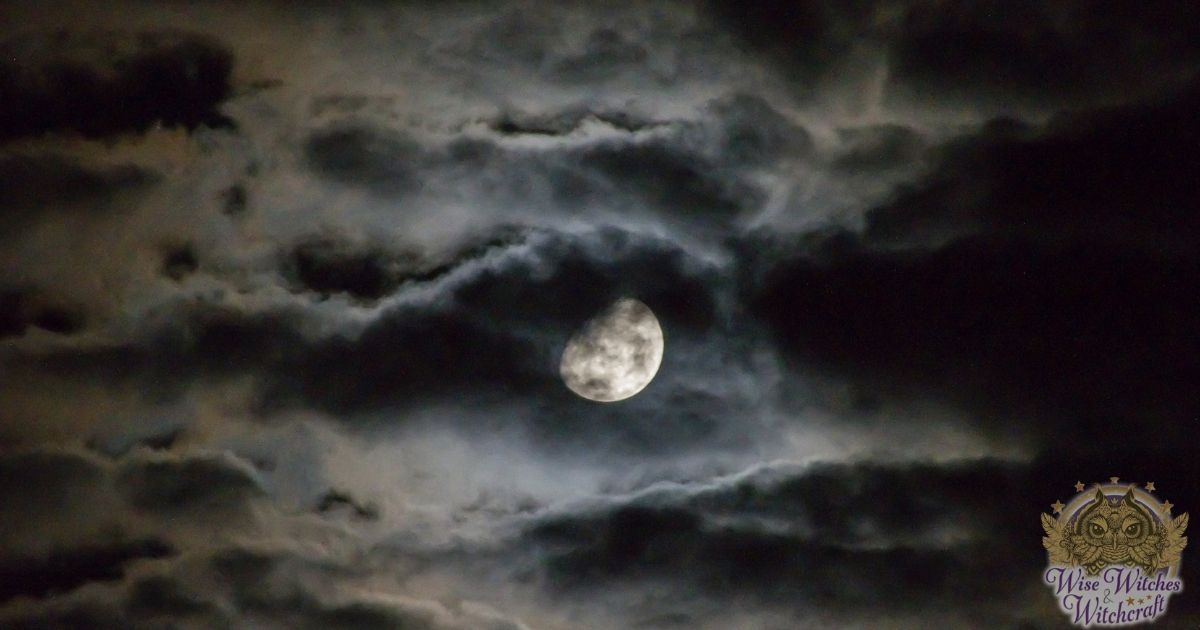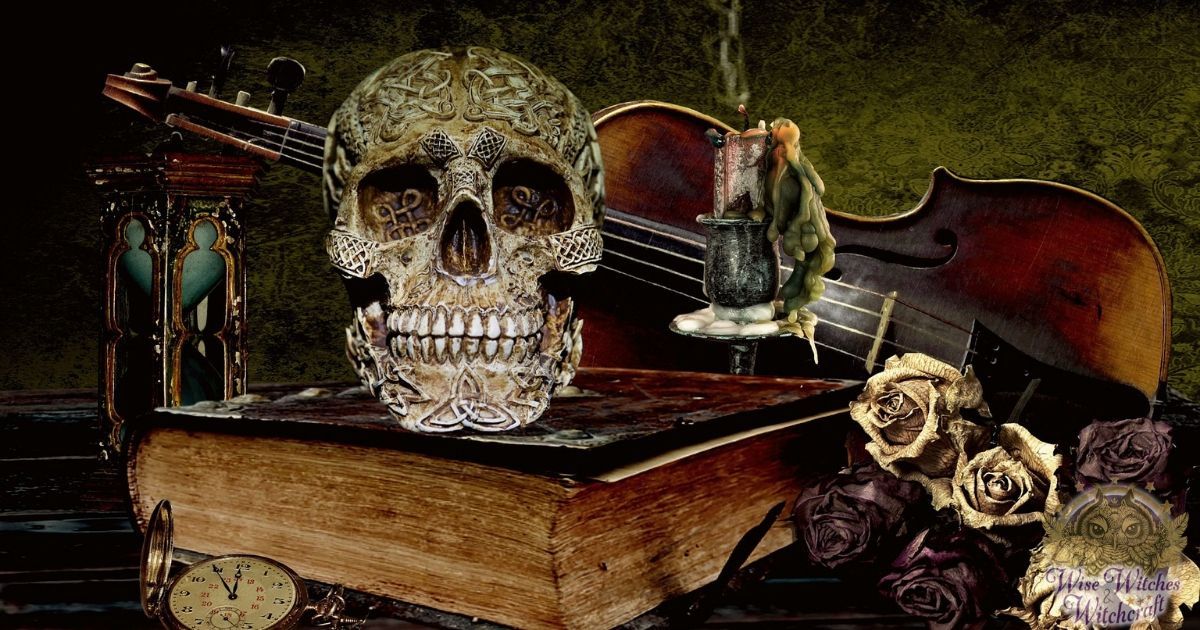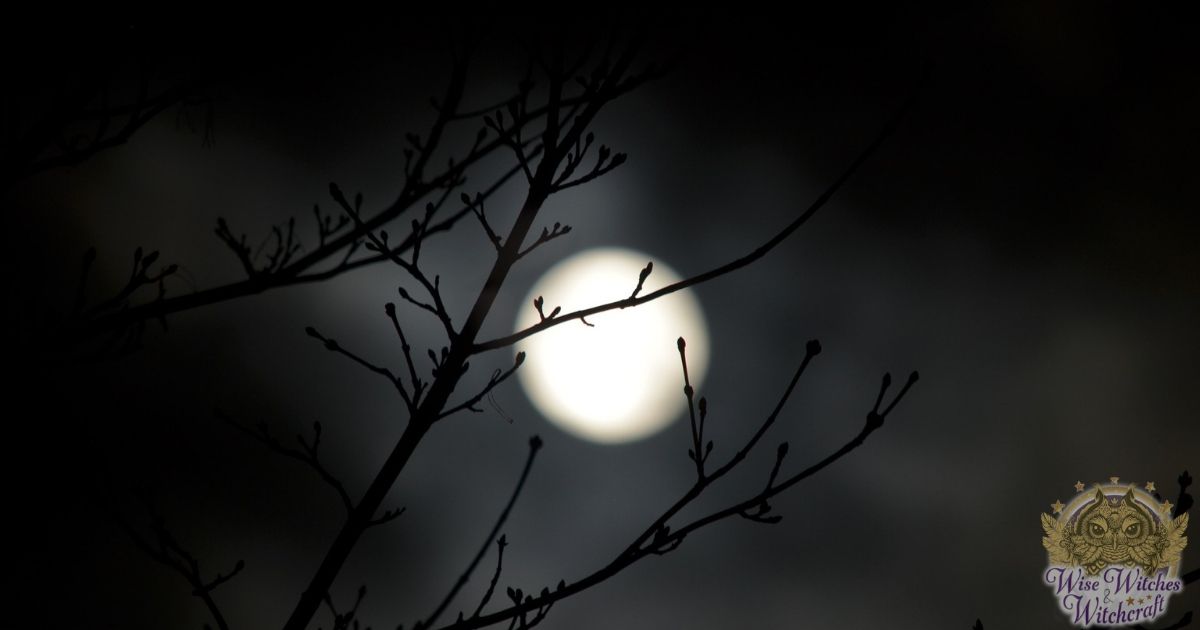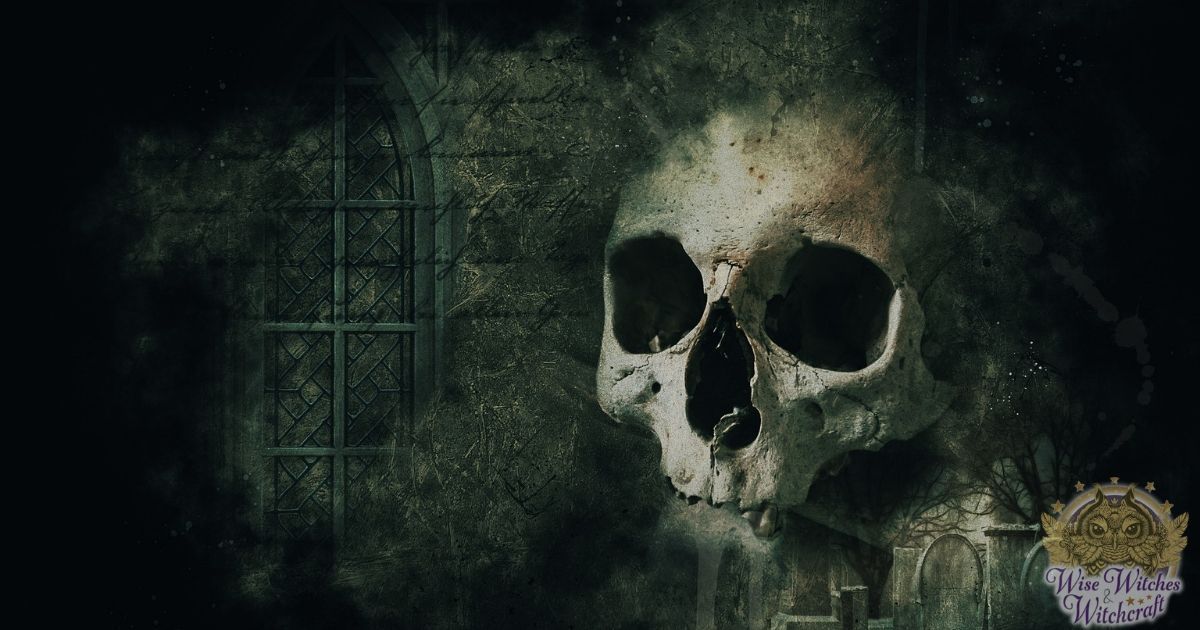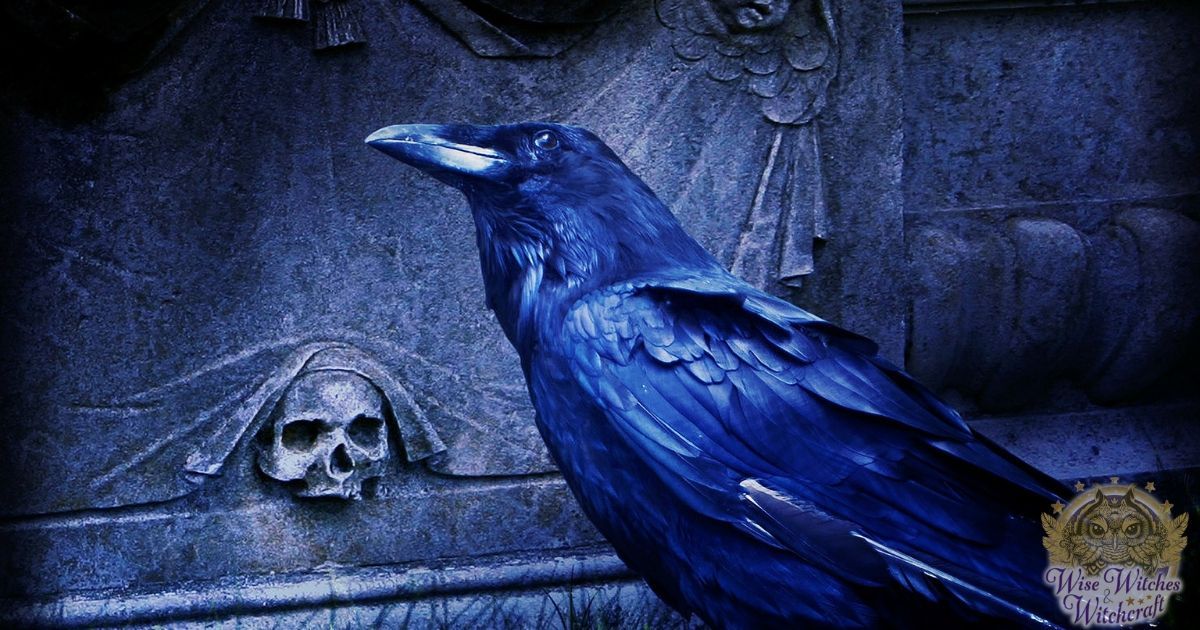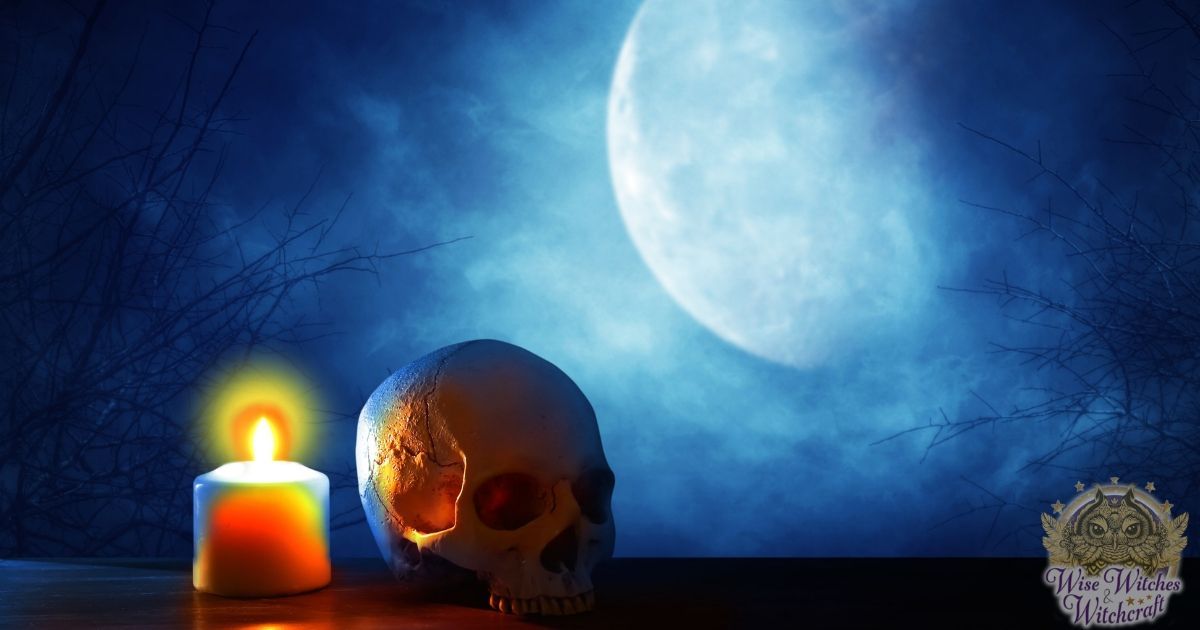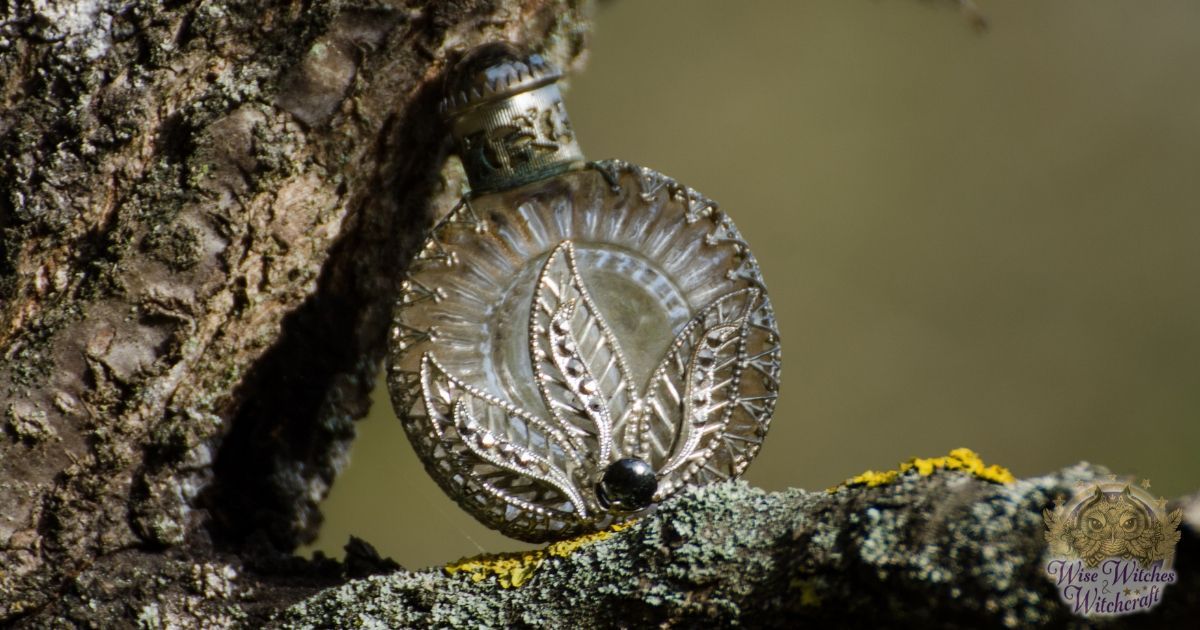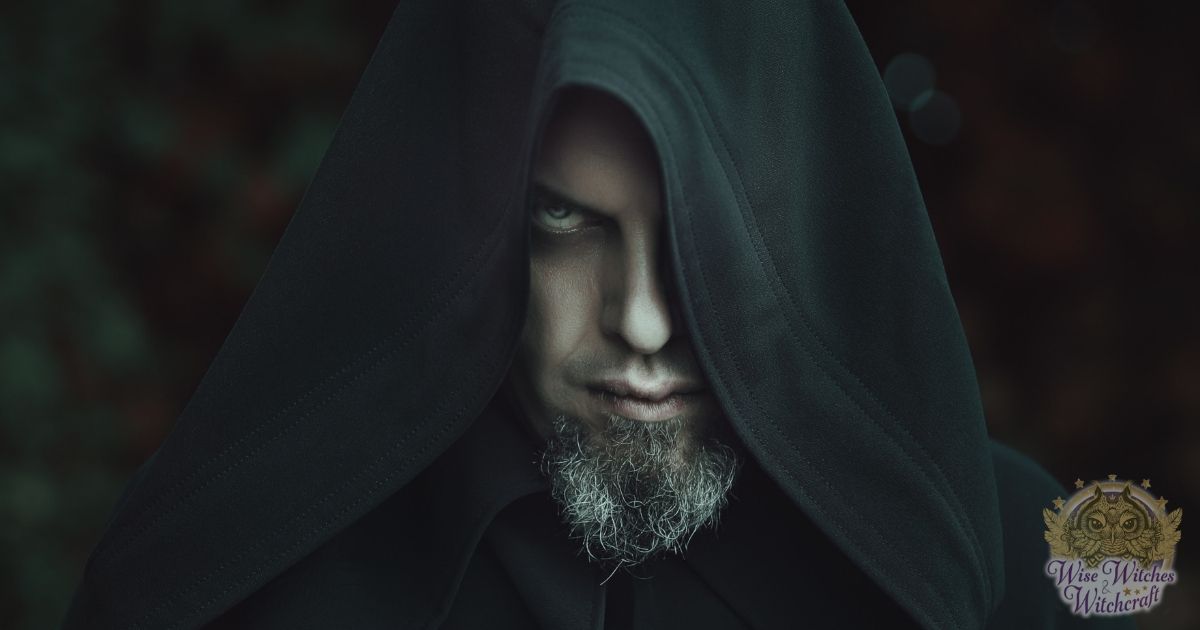The Salzburg Witch Trials (also known as the “Magician Jackls Process”) took place in the city of Salzburg in Austria over the period from 1675
The Roermond Witch Trials, which took place in the city of Roermond in the Limburg region of The Netherlands in 1613, was the largest witch
The Pendle Witch Trials, part of the more extensive Lancashire Witch Trials, are among the most famous witch trials in English history, as well as
In 1600, the entire Pappenheimer family was tried and executed for witchcraft in Bavaria, Germany in one of the worst examples of the excesses of
In 1696, the town of Paisley in Renfrewshire, central Scotland, was the scene of a famous witch trial, which eventually resulted in six people being
The North Berwick witch trials ran for two years from 1590 to 1592 and implicated at least seventy people from southern Scotland, including several nobles
The Louviers Witch Trials refers to cases of demonic possession which occurred at the Louviers Convent in Normandy, France, in 1647. Similar to the earlier
The 1634 case of demonic possession in Loudun, France, is arguably the most famous case of multiple or mass possession in history. This case involved
Køge Huskors is the name for one of the best known witch trials in Denmark, which took place in the Danish city of Køge between
The Jesenice Witch Trials (sometimes also known as the Boblig Witch Trials after the well-known witch-hunter who directed them) was a series of witch trials
The witch trials at Fulda in Germany in the years from 1603 to 1606, which led to the death of about 205 people, many of
The Finspång Witch Trials took place in Finspång in the province of Östergötland, Sweden, in 1617. Along with the Ramsele witch trial, which took place
The Doruchów Witch Trials, which took place in the village of Doruchów, Poland, was to be the last mass trial of sorcery and witch craft
Long before the much more famous trials at Salem, Massachusetts, Connecticut’s witch trials were held in the mid-1600’s, mainly between 1647 and 1697, although no
The Bury St. Edmunds Witch Trials were a series of trials conducted in the town of Bury St. Edmunds in Suffolk, England, intermittently between the
The Bideford Witch Trials resulted in the last ever hangings for witchcraft in England, when Temperance Lloyd, Mary Trembles and Susannah Edwards were tried and
The Witches of Belvoir were three women, Joan Flower and her two daughters, Margaret and Philippa, who were accused of witchcraft in eastern England around
The Basque Witch Trials at Logroño, near Navarre in northern Spain, represent the most ambitious attempt at rooting out witchcraft ever undertaken by the Spanish
Contemporary with the Würzburg Witch Trials and others in South Germany, the Bamberg Witch Trials was one of the largest of the period, with between
In 1611, at Aix-en-Provence in the south of France, Father Louis Gaufridi was burnt alive for allegedly sending demons into the Ursuline nuns at Aix.
Although there were literally thousands of witch trials throughout the 16th and 17th Centuries (usually referred to as the Early Modern Period), mainly in Europe,
A witch’s ladder (also known as “rope and feathers” or “cord magic” or “knot magic” or “string magic”) is a fetish made from knotted cord
The witch bottle is a very old spell device, similar in function to the witch ball. Its purpose was to draw in and trap evil
A witch ball (or friendship ball) usually refers to a hollow sphere of plain or stained glass hung in cottage windows in 18th Century England
Warlocks are, in the historic Christian tradition, said to be the male equivalent of witches (usually in the pejorative sense of Europe‘s Middle Ages), and
